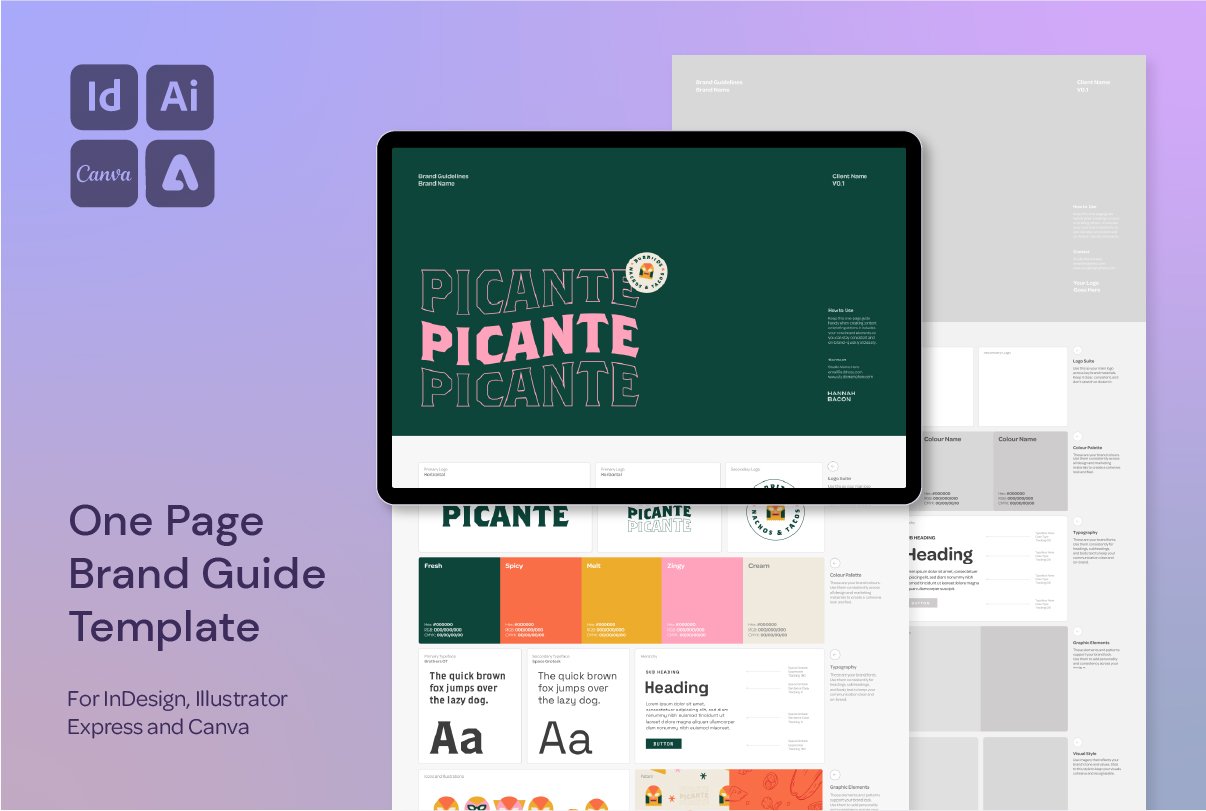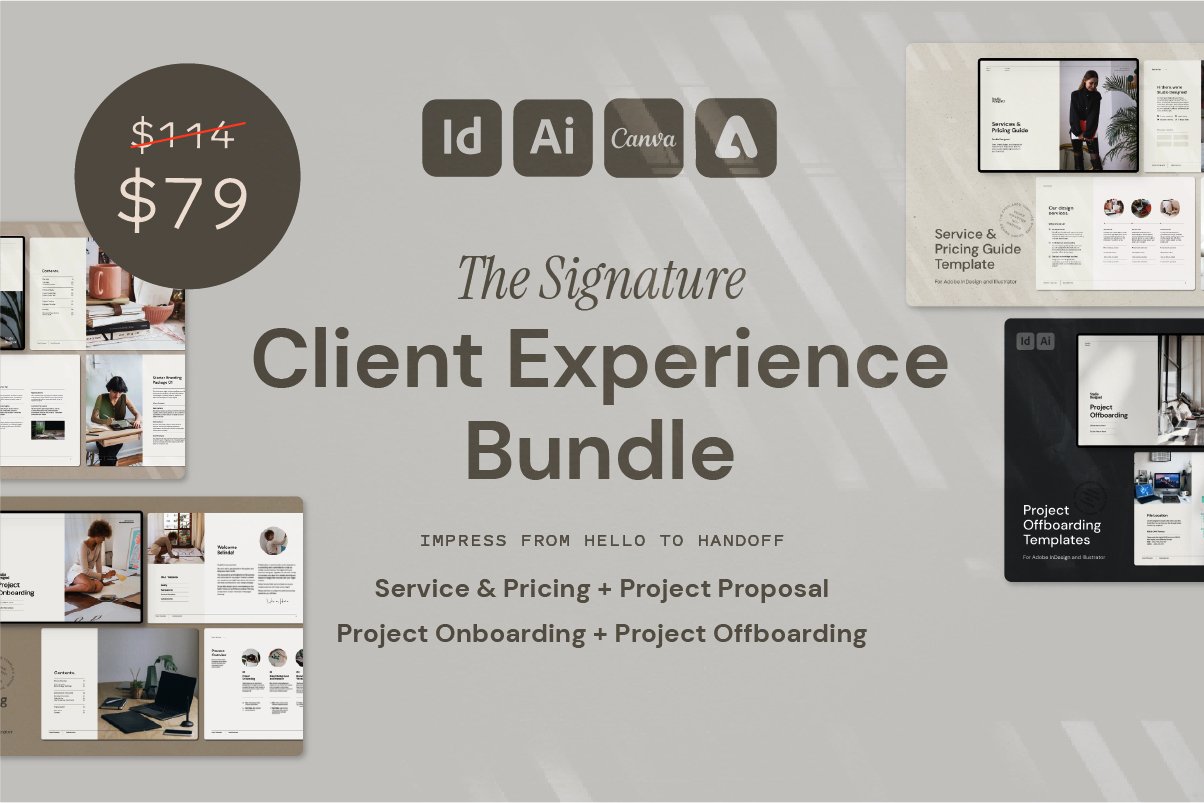How I Designed a Flag Mockup Using Adobe Illustrator
Designing a Flag Mockup with Adobe Illustrator ft. Adobe Design and Cricut Air 2
As a designer, there’s nothing better than seeing your work brought to life—even in mockup form. I recently partnered with Adobe Design to create a flag mockup project that combines playful typography with a hands-on process. Using Adobe Illustrator, I created a design that feels like custom type but is actually super simple to build.
This project was all about experimenting, sharing creative process with the Adobe Design community on Instagram, and making something that looks great in my portfolio—and potentially even better in real life.
You can check out this video (and lots more!) over on my Instagram Page @hannah.bacon.design
Here’s how I did it:
Step 1: Sketch & Import into Illustrator
I always start with a rough sketch—just enough to get the idea onto paper. Once I’m happy with the concept, I drop the photo of my sketch into Adobe Illustrator and use it as a reference to build the layout digitally.
This gives me the flexibility to experiment with type while staying true to the original idea.
Step 2: Use the Appearance Panel + Warp Effect
Here’s the fun part: to get that flowing, flag-like movement in the text, I jump into the Appearance panel and apply the Warp effect. This trick makes it look like you’ve created custom lettering—but it’s all editable text with a few simple settings.
It’s one of my favourite ways to give designs movement and energy without diving into custom vector drawing.
Step 3: Mock It Up
Once the design’s done, I drop it into a flag or fabric-style mockup to see how it would look IRL. This not only helps me spot any spacing or styling issues—it also lets me build out my portfolio with work that shows how the design might be used.
Step 4: Cut the Iron-On Transfer
With the design finalised, I prep it for fabrication. I cut the iron-on transfer and get ready to apply it to the fabric. And of course—my favourite part—peeling off the top film for that final reveal moment.
It’s always satisfying seeing a digital design turned into something tactile.
Want More Time-Saving Tools and Freebies?
This process is just one of the techniques I share across my design templates and digital assets, made especially for designers who want professional results—without starting from scratch every time.



